Introduction In recent years, the shift towards metal roofing in…
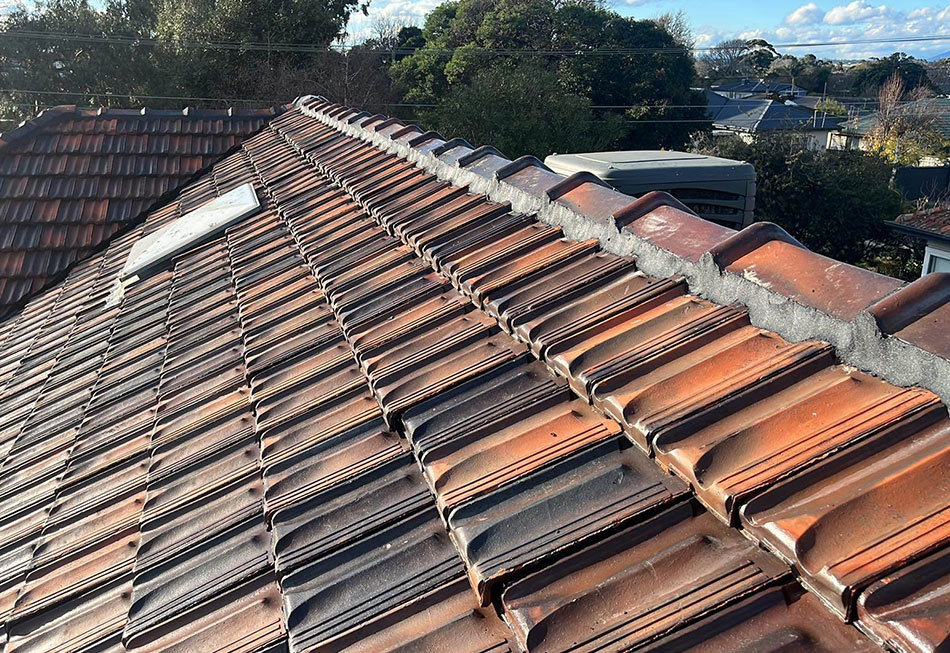
How Long Does a Tile Roof Last?
Tile roofs, both concrete and terracotta, are known for their long life expectancy.
But just how long do they last? What can endanger their lifespan? And what can you do to ensure that you get the longest life possible out of your tile roof?
Read on and let Vivify Roofing offer our professional opinion!
What is the life expectancy of a tile roof?
You will be happy to know that your tile roof will likely last longer than your mortgage. Even if your roof was 20 years old when you bought your house, the tiles could still be going strong when you finally pay your home off!
A terracotta tile roof lifespan is usually at least 50 years. With regular professional maintenance, the roof could last up to 75 years. Concrete roof tiles have a similar average life expectancy of 50 years or more.
One thing to keep in mind is that most tile roofs will have sarking under the tiles. Sarking is a pliable membrane which provides additional stability as well as protection from moisture and dust. A roof with sarking installed can help extenend the life of your tiled roof and roof frame.
The purpose of roof sarking is to provide an additional layer of protection against water damage, wind, and other weather-related issues, meaning your roof will last longer with the effective secondary skin of roof sarking. – evobuild.com.au
How long do roof tiles last in Australia?
You may be wondering if the particular climate in Australia will impact the expected life of your tile roof.
The good news is that both terracotta and concrete tiles are resilient enough to survive any natural temperature. Not only do they perform well in extremely hot climates, they are even highly fire resistant. If you live in a region of Australia that is prone to bushfires, a tile roof adds an extra layer of protection to your home.
So roof tiles in Australia will last just as long as anywhere else.
What affects the lifespan of a roof?
There is a wide range in the lifespan of a tile roof. But what accounts for the disparity? Why might one terracotta roof last for 75 years but another need to be replaced in 30?
Here are some of the most important factors. We’ll start with the ones that are in your control, and then cover a few that are mostly beyond it.
Installation
There is a lot to roof installation. Your tile roof is made up of so much more than just tiles. Rafters, battens, underlayment, even gutters. All of these and more need to be installed precisely and correctly in order for your roof to function at maximum efficiency.
When you hire an expert roofer, you can expect expert installation. And, if there are any defects, professional companies will guarantee their workmanship and provide repairs free of cost.
When the job is done incorrectly by an amateur, on the other hand, all sorts of things can go wrong to reduce the life expectancy of your roof. Poor pointing leads to water seeping into the underlayment, for example. Or improper tile laying causes them to blow off in high winds.
In the middle of the 19th century, in Bavaria, a mixture of cement, sand and water was first used to form roof tiles out of concrete. – Cement.org
Materials
The quality of the tiles you use can also affect the lifespan of your roof overall. Going cheap on materials always comes with its downsides.
The good news is that if you work with a professional company, they are going to use professional grade roofing materials. Often, a reputable roofer won’t use inferior tiles (even if the customer requests them) because they don’t want to earn a reputation for installing cheap roofs.
Another downside with concrete tiles is that a white residue called efflorescence can appear on the surface. This can happen with any product containing concrete. Efflorescence is caused by the moisture in the concrete moving to the surface, carrying calcium salts that react with the CO2 in the air and form insoluble calcium carbonate.
Maintenance
A roof that gets cleaned, inspected and repaired every year is going to outlast one that only receives maintenance every decade. This is because little problems can compound into larger ones.
For example, a few cracked tiles left unrepaired might start to grow moss. The moss expands the cracks and acts as a sponge for moisture. The moisture hastens the damage to the underlayment and encourages even more growth.
Regular maintenance, on the other hand, lets you nip tiny issues in the bud before they cause any severe damage.
Storm damage
One factor that you don’t have a lot of control over is damage from storms. Now, tile roofs are actually very resistant to rain, snow, hail and wind. However, just like most roofing materials, fallen branches or heavy flying debris can cause serious damage.
The best way to prevent this is to ensure that your trees are well-maintained. Branches overhanging the house should be trimmed back, and dying wood removed completely.
Furthermore, if your roof does suffer from storm damage, get it repaired as soon as possible. This helps ensure that your roof isn’t exposed to any additional moisture or stress that could reduce its life expectancy further.
Tile Roofing Institute provides The Facts about Tile Roofs for the most popular roofing products in the world.
How to get the longest life out of your tile roof
Your roof can’t live forever, but it can live longer. If you are eager to stretch your roof tiles to 50, 60, 70 years or more, you’ve got to take care of them. Here are our experts tips for maximising your roof’s lifespan:
Schedule regular inspection and maintenance
As we already mentioned, maintenance is key. For starters, make a habit of walking the perimeter of your home and looking out your upper storey windows every month or so. Keep an eye out for cracked or chipped tiles, as well as those that are growing algae, mould or moss.
Ideally, you should also have your roof inspected by a professional at least once a year. They will be able to check the nooks and crannies—the places you can’t safely or easily see. Furthermore, a professional roofer will be able to identify the subtle signs that your roof might be aging faster than it should. They may recommend some of the following interventions.
Roof cleaning
You should have your roof professionally cleaned at least every other year. Additionally, get it cleaned whenever you notice growths starting to amass.
Roof cleaning is about more than just aesthetic appeal. It is nice to have a sparkling tidy roof, of course, but removing algae, mould, lichen and moss is also key to preserving the lifespan of your tiles. Not only do they absorb water, but they can also degrade the integrity of individual tiles. Allowing them to persist for too long can take years off your roof’s life.
Repaint your tile roof
Paint does more than just make your roof look good. It is actually an additional layer of protection. High quality tile roof paint improves the scratch resistance of your tiles and keeps them safe from the elements.
We recommend roof painting Melbourne roofs every 10 to 15 years. Alternatively, if you get a complete roof restoration or have large patches of it repaired, repainting may also be recommended to keep your tiles consistent with each other.
One point worth noting is that while concrete tiles can be painted, terracotta cannot. However, they can be resealed, which is effectively the same process done for the same purpose. Paint just doesn’t stick to terracotta well because it is so porous, so a sealant is used instead.
Rebed and repoint as needed
Pointing and bedding are integral components to keep your roof water tight. When they start to wear away or get damaged, moisture may make it to your underlayment or water could even leak into your home.
Bedding is the mortar that adheres your tiles to the roof. When it starts to go, tiles become loose or fall out of place completely.
Pointing is a compound that joins your ridgecaps to the roof. It finishes the seal to prevent water from seeping under the tiles.
Rebedding and repointing need to be done correctly or they are a waste of time and money. If the old mortar isn’t thoroughly cleaned off first, the new bedding and pointing are going to wear away much more quickly.
Replace tiles when they can’t be repaired
Often, small cracks or chips in a tile can be repaired with roofing cement. It’s not ideal for extensive damage, though. So if you have tiles which are heavily cracked or severely wearing away, you’ll want to get them replaced.
Remember that every crack is another chance for moisture to seep in and reduce your roof’s life expectancy. If you have a lot of tiles that need replacement, you might want to opt for complete roof restoration. This is more expensive, but not nearly as pricey as letting the damage get so bad that you need to replace the roof altogether.
Let Vivify help you maximise your tile roof lifespan!
If you play your cards right, that tile roof of yours should last 50 years or more. There are very few roofing materials that can boast such a long lifespan.
However, just like humans need to take care of themselves if they want a long healthy life, so does your roof. Without proper care and attention, even the strongest tile roof is going to crack, wear away, get covered with growth and eventually leak.
If you want a thorough inspection from professional roofers, contact Vivify Roofing today! We’ll let you know the current status of your roof and help you make a plan for keeping it going strong for years on end.


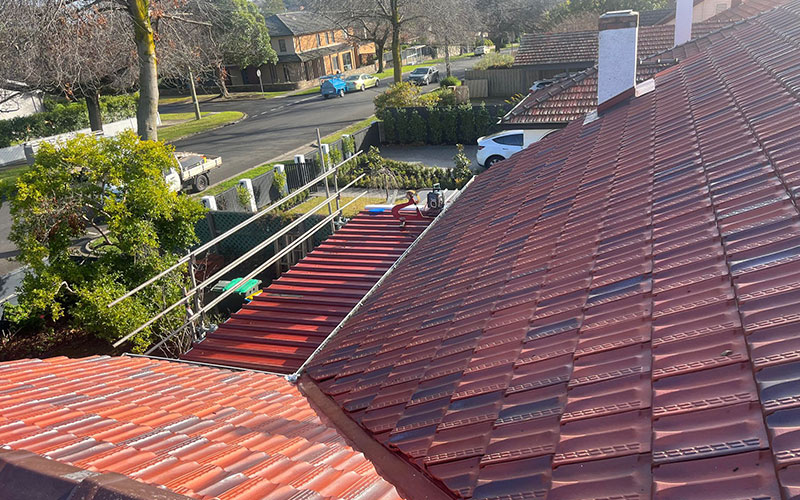
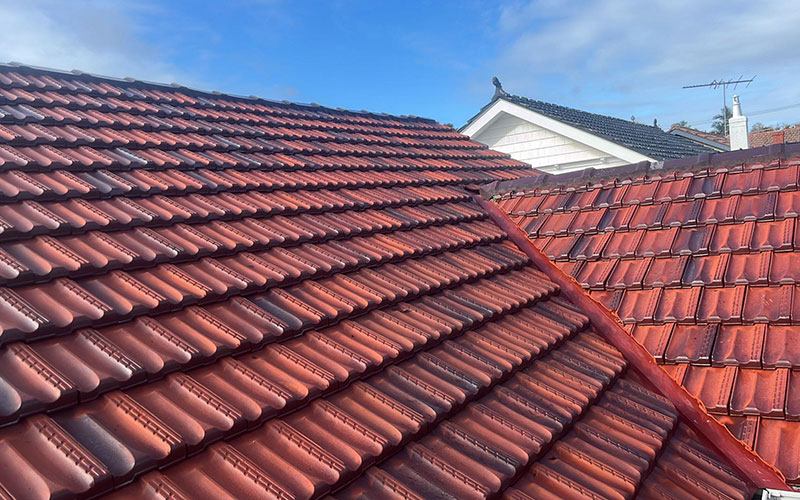
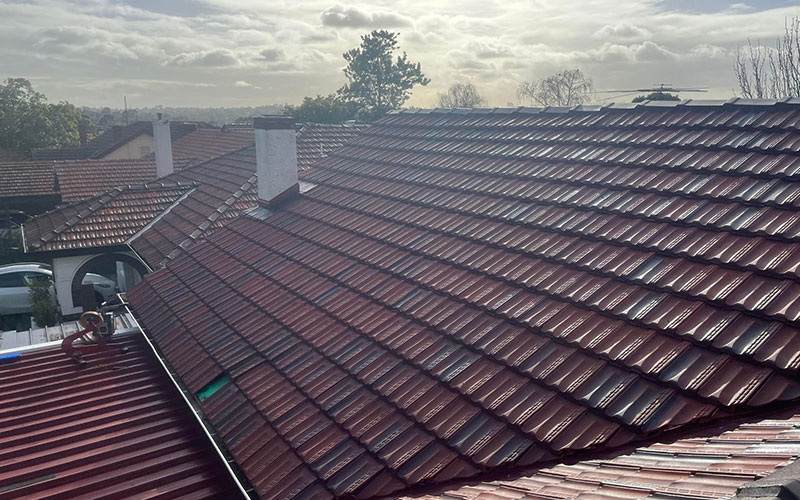
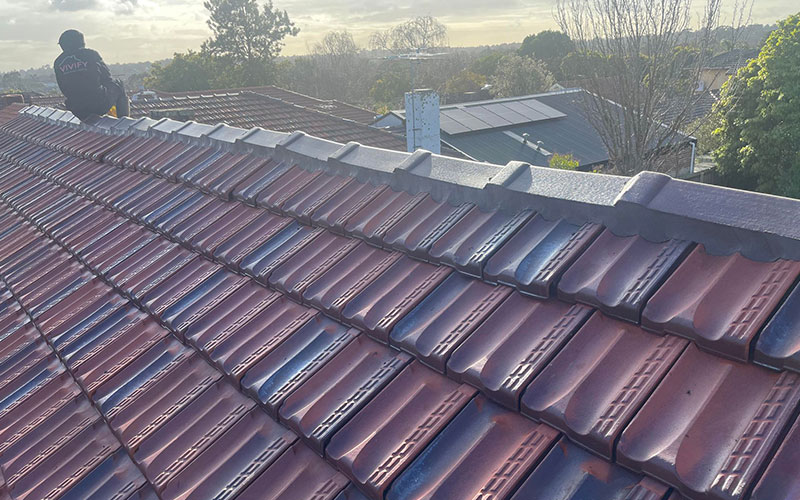

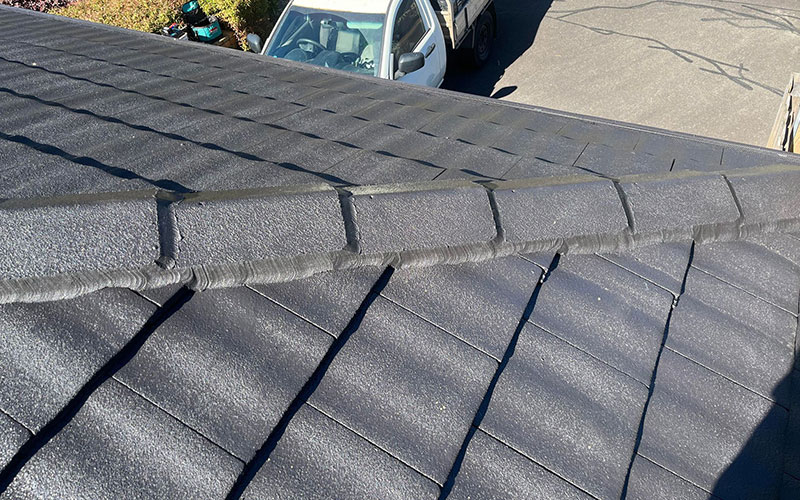
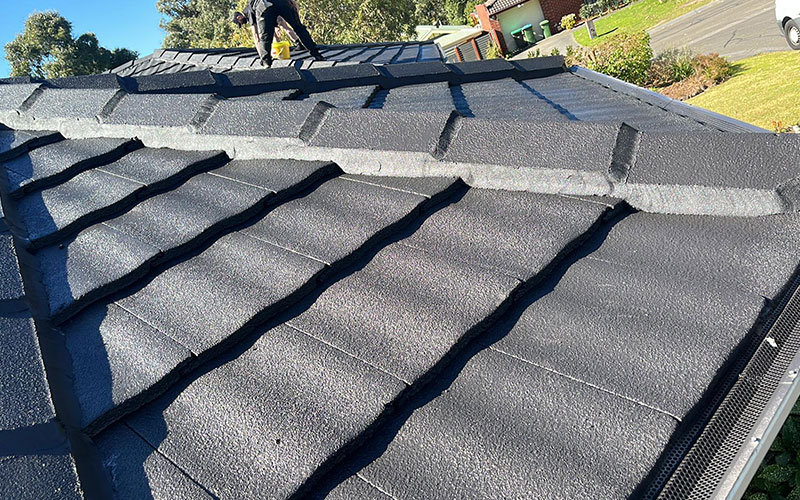
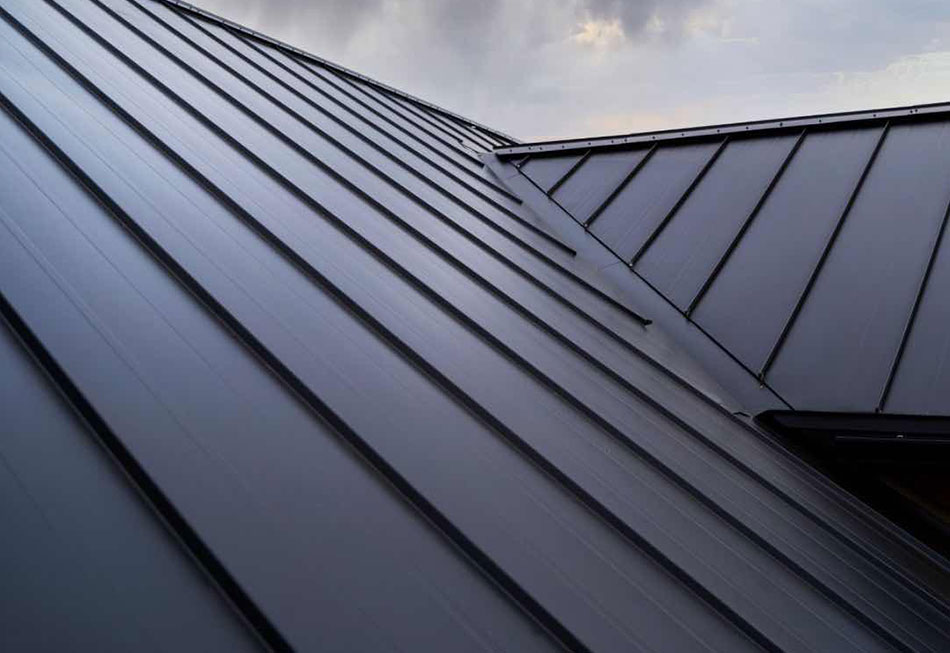
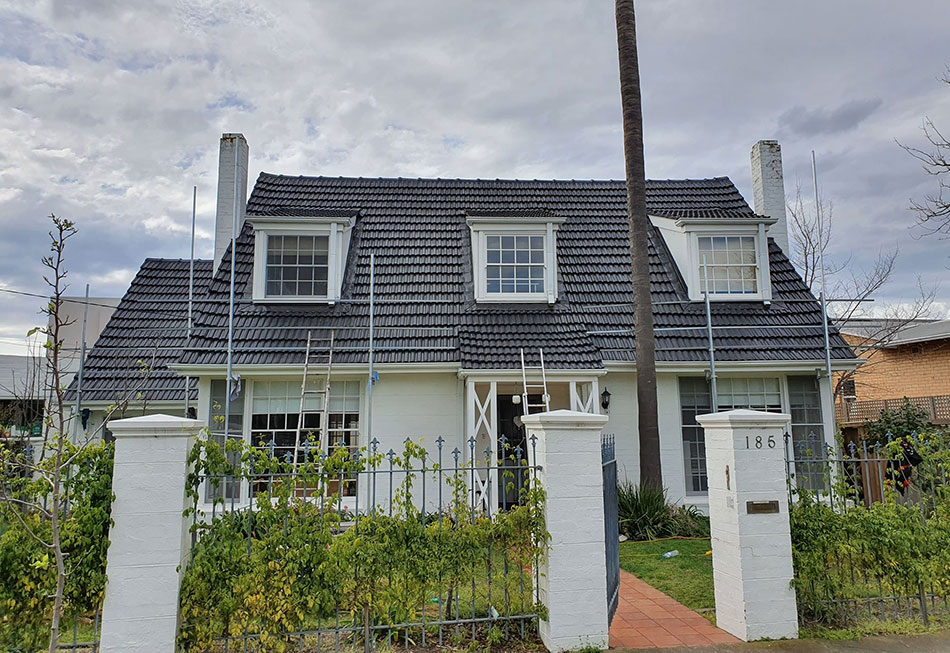
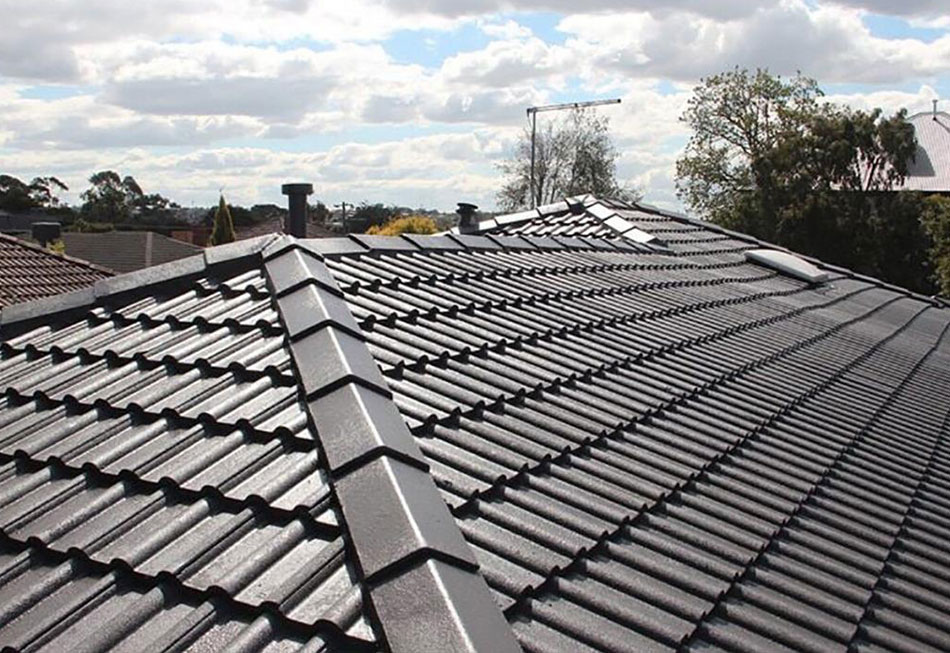

This Post Has 0 Comments